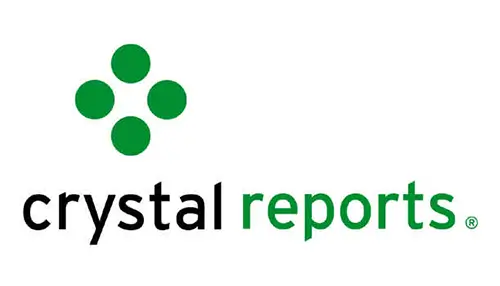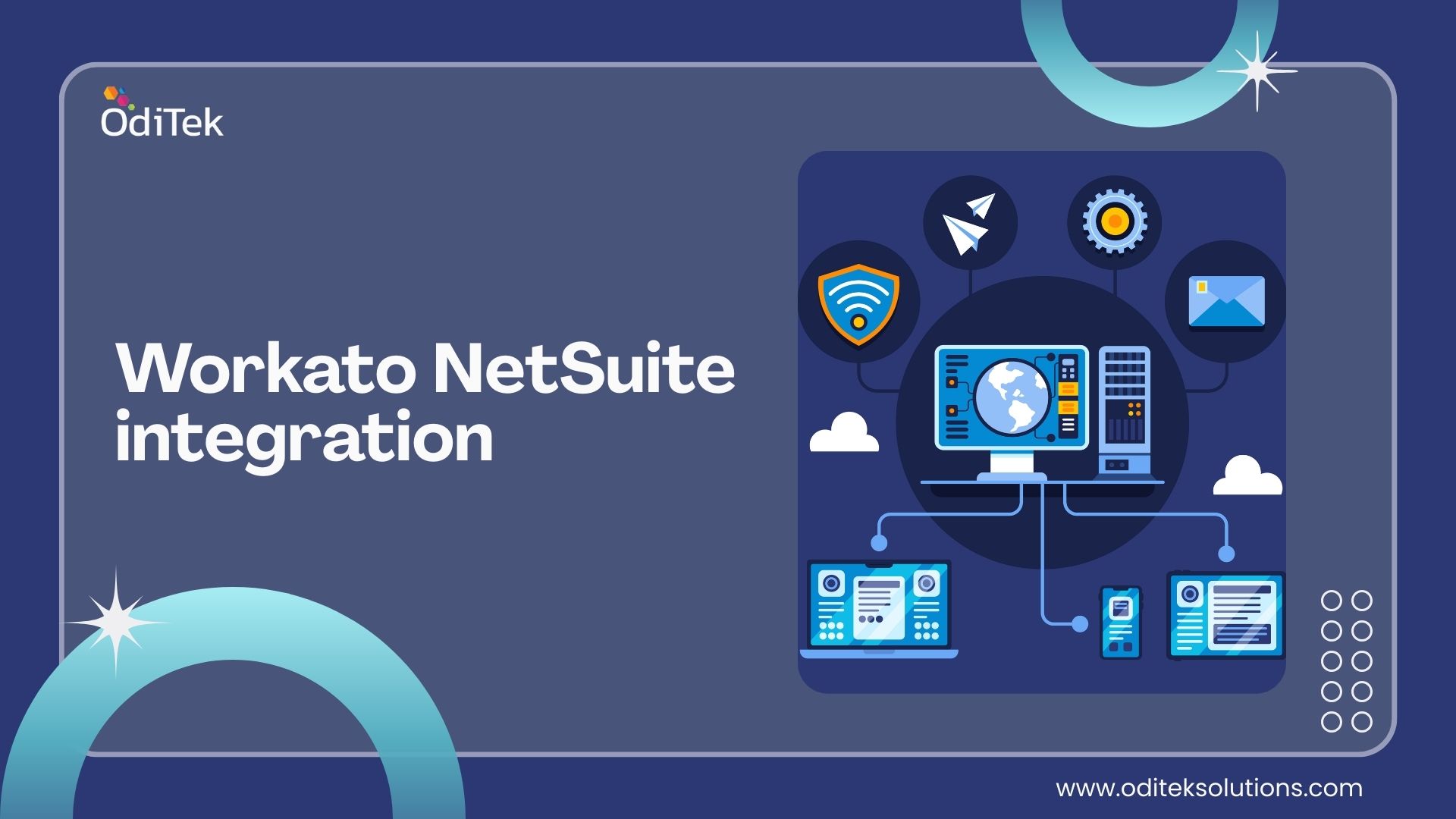Crystal Report Design is an essential aspect of creating dynamic and visually appealing reports that drive informed decision-making. Whether you are working on financial analysis, operational metrics, or customer insights, the design of your Crystal Reports plays a crucial role in how data is presented and understood. In today’s data-driven world, mastering Crystal Report Design can significantly enhance your reporting capabilities and provide your organization with the tools needed to thrive.
Understanding Crystal Report Design
Crystal Report Design refers to the process of creating, formatting, and customizing reports using Crystal Reports software. It involves selecting data sources, arranging data fields, applying formulas, and designing the layout to ensure that the information is presented clearly and effectively. A well-designed report can transform raw data into actionable insights, making it easier for stakeholders to make informed decisions.
The Crystal Report Designer is the primary tool used for this process. It offers a user-friendly interface that allows users to drag and drop data fields, apply formatting, and create complex reports without requiring extensive programming knowledge. However, mastering Crystal Report Design requires an understanding of both the tool’s capabilities and the principles of effective report design.
The Role of a Crystal Report Designer
A Crystal Report Designer is responsible for creating and maintaining reports that meet the specific needs of an organization. This role involves more than just placing data on a page; it requires an understanding of the business context, the data being analyzed, and the audience for the report. A skilled Crystal Report Designer can create reports that not only look professional but also communicate the necessary information in a clear and concise manner.
Key responsibilities of a Crystal Report Designer include:
• Data Source Integration : Selecting and connecting to the appropriate data sources to ensure that the report pulls accurate and relevant information.
• Layout Design : Arranging data fields, charts, and other elements in a way that is both visually appealing and easy to interpret.
• Formula Application : Using Crystal Report formulas to perform calculations, filter data, and customize the report content based on specific criteria.
• Advanced Crystal Report Designing : Implementing advanced features such as conditional formatting, subreports, and parameterized queries to create more sophisticated and interactive reports.
Utilizing Advanced Crystal Report Designing Tools
To take your Crystal Report Design to the next level, it’s essential to leverage advanced Crystal Report designing tools and techniques. These tools can help you create more dynamic and customized reports that better serve your organization’s needs.
Some of the advanced features and tools available in Crystal Report Design include:
1. Conditional Formatting
This feature allows you to apply different styles or formats to report elements based on specific conditions. For example, you can highlight rows where sales exceed a certain threshold or change the font color of negative values.
2. Subreports
Subreports are standalone reports that are embedded within a main report. They are useful for displaying related data from different data sources or for breaking down complex reports into more manageable sections.
3. Parameterized Queries
Parameterized queries allow users to input criteria before generating a report. This makes it possible to create flexible reports that can be tailored to different needs without having to redesign the report each time.
4. Cross-Tab Reports
Cross-tab reports are used to summarize data in a matrix format, making it easier to analyze trends and patterns across different dimensions.
5. Charting and Visualization
Crystal Reports offers a variety of charting options, including bar charts, line charts, and pie charts. These visual elements can enhance the readability of your reports and make it easier to convey complex data.
Best Practices for Effective Crystal Report Design
To create effective Crystal Reports, it’s important to follow best practices in report design. These practices ensure that your reports are not only visually appealing but also functional and easy to understand.
1. Keep It Simple
Avoid cluttering your reports with unnecessary elements. Focus on presenting the most important data in a clear and concise manner. Use white space effectively to separate different sections of the report.
2. Use Consistent Formatting
Consistency in fonts, colors, and formatting helps create a cohesive and professional-looking report. Establish a style guide for your reports and stick to it.
3. Highlight Key Data
Use conditional formatting to draw attention to key data points. This could include highlighting high-performing areas, flagging issues, or using color coding to differentiate between different data categories.
4. Optimize for Performance
Large reports can be slow to generate, especially if they include complex formulas or multiple data sources. Optimize your reports by simplifying calculations, using indexed fields, and limiting the amount of data pulled from the database.
5. Test Thoroughly
Before finalizing your report, test it with different data sets to ensure that it functions correctly and that the data is accurate. This is especially important for reports that use parameters or rely on user input.
Conclusion
Crystal Report Design is a powerful tool for transforming raw data into actionable insights. By leveraging the capabilities of the Crystal Report Designer and utilizing advanced Crystal Report designing tools, organizations can create reports that are not only visually appealing but also highly functional and tailored to their specific needs.
Whether you’re looking to create a simple report or implement advanced features like subreports and parameterized queries, our team has the expertise to deliver high-quality, customized solutions.Contact us today to learn more about how we can assist with your Crystal Reports







